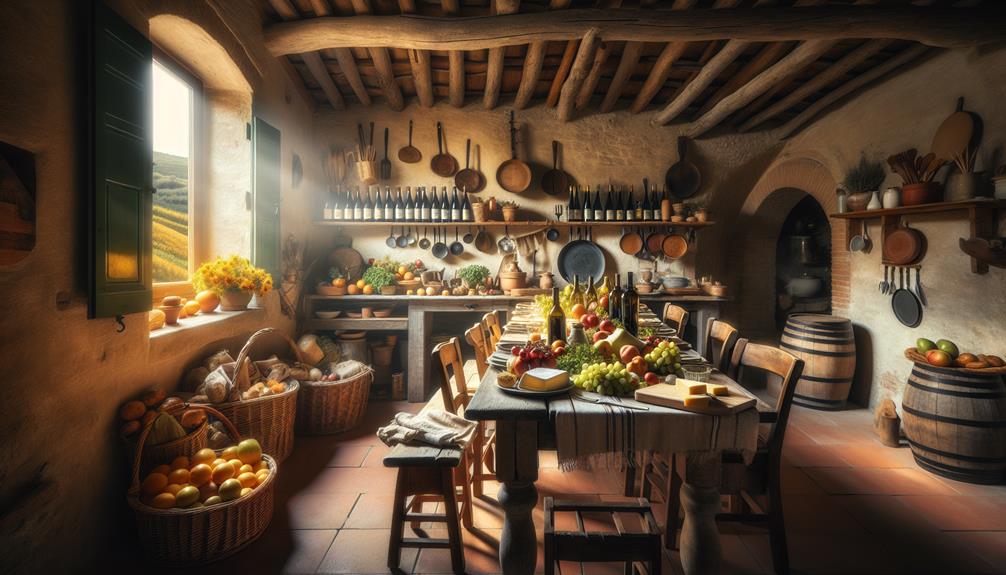legal malpractice is a critical concept within the legal field that can have significant implications for both clients and attorneys. As defined by the Munley Law Glossary, legal malpractice occurs when an attorney fails to provide competent and diligent representation to a client, resulting in harm or loss. This breach of duty can arise from various actions or omissions, including negligence, misconduct, or a failure to meet the standard of care expected in the legal profession. Understanding legal malpractice is essential for clients seeking legal representation and for attorneys aiming to uphold their professional responsibilities.
Understanding Legal Malpractice
Legal malpractice is fundamentally a form of professional negligence. To establish a case of legal malpractice, the following elements typically need to be proven:
Duty: The attorney had a professional duty to act in the best interests of the client. This duty arises from the attorney-client relationship.
- Breach: The attorney breached that duty by failing to meet the standard of care expected from a competent attorney in similar circumstances. This could involve acts of omission or commission, such as failing to file documents on time, missing deadlines, or providing incorrect legal advice.
- Causation: The breach of duty directly caused harm to the client. The client must demonstrate that the attorney’s actions (or lack thereof) resulted in a negative outcome in their case, such as losing a legal claim or receiving an unfavorable settlement.
- Damages: The client suffered actual damages as a result of the attorney’s breach. This could include financial losses, such as lost opportunities or additional legal costs incurred due to the attorney’s negligence.
Common Causes of Legal Malpractice
Legal malpractice can arise from various scenarios, including:
- Negligence: This is the most common cause of legal malpractice. An attorney may fail to perform due diligence, miss critical deadlines, or neglect to file necessary documents, leading to unfavorable outcomes for the client.
- Conflict of Interest: Attorneys have an ethical obligation to avoid conflicts of interest that could impair their ability to represent a client effectively. If an attorney represents clients with conflicting interests without proper disclosure and consent, this could lead to legal malpractice claims.
- Fraud or Misrepresentation: If an attorney engages in fraudulent conduct or misrepresents Material facts to a client, this could constitute malpractice. Clients must be able to trust that their attorney is acting honestly and in their best interest.
- Poor Communication: Effective communication is vital in the attorney-client relationship. If an attorney fails to keep their client informed about the progress of their case or does not respond to inquiries, it could lead to misunderstandings and potential malpractice claims.
Legal Malpractice Claims: The Process
If a client believes they have a valid legal malpractice claim, they can pursue the following steps:
- Consultation: The client should first consult with another attorney who specializes in legal malpractice to assess the strength of their case.
- Gathering Evidence: The client must gather evidence supporting their claim, including documentation of the attorney’s actions, communication records, and any evidence of harm caused by the alleged malpractice.
- Filing a Complaint: If the attorney determines there is a valid claim, they may proceed to file a complaint against the original attorney, outlining the alleged malpractice and the damages suffered.
- Resolution: Legal malpractice claims may be resolved through negotiation, mediation, or litigation, depending on the circumstances. If the case goes to court, both parties will present their evidence, and a judge or jury will determine the outcome.
Defenses Against Legal Malpractice Claims
Attorneys facing legal malpractice claims can raise several defenses, including:
- No Breach of Duty: The attorney may argue that they met the standard of care expected of them and that their actions were reasonable under the circumstances.
- Causation: The attorney may assert that the client’s damages were not a direct result of their actions but rather due to other factors unrelated to the attorney’s conduct.
- Contributory Negligence: If the client contributed to their own damages through their actions or decisions, the attorney may argue that this limits their liability.
